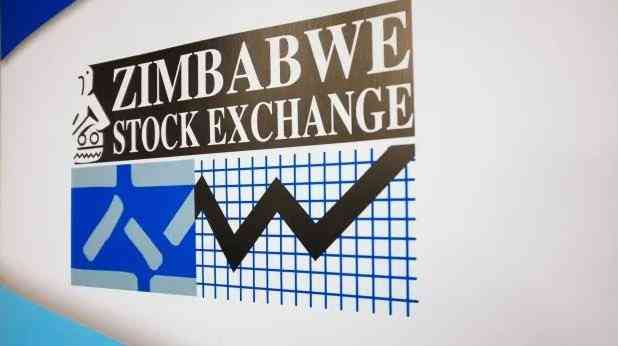
One important aspect in the field of investment management involves ensuring that a portfolio is well-balanced. This means that it should offer the best returns while exposing the investment portfolio to the least risk. By definition, a balanced portfolio is one that holds a variety of different kinds of investments, for example: some stocks, bonds, and real estate.
The idea is that when one of the investments goes down in value, another one will go up. In constructing a balanced portfolio, risk measures are critical as these are statistical measures that serve as historical predictors of investment risk and volatility. Risk is proxied using various measures which include alpha, beta, R-squared, and standard deviation. In addition, an important concept relates to the capital market line (CML) which represents portfolios that optimally combine risk and return. It is a theoretical concept that represents all the portfolios that optimally combine the risk-free rate of return and the market portfolio of risky assets.
Portfolios that fall on the capital market line (CML), in theory, optimize the risk/return relationship, thereby maximizing performance. CML differs from the more popular efficient frontier in that it includes risk-free investments. The intercept point of CML and efficient frontier would result in the most efficient portfolio, called the tangency portfolio. The efficient frontier of optimal portfolios was identified by Markowitz in 1952, and James Tobin included the risk-free rate to modern portfolio theory in 1958.
Overall, an efficient frontier is the set of optimal portfolios that offer the highest expected return for a defined level of risk or the lowest risk for a given level of expected return. Portfolios that lie below the efficient frontier are sub-optimal because they do not provide enough return for the level of risk. Portfolios that cluster to the right of the efficient frontier are sub-optimal because they have a higher level of risk for the defined rate of return.
The principal idea behind a well-balanced portfolio is risk management. Generally, a balanced portfolio with careful asset allocation helps reduce market risks. Ideally, it should feature stocks, mutual funds, commodities, and even long-term bonds. The following are the key benefits to this portfolio investing approach;
Protection of the portfolio from the unexpected: Sometimes the actual outcome may not be anticipated, or an unexpected event can occur. With a balanced-diversified portfolio, the financial impact of these ruinous situations can be significantly reduced. For example, when the stock market is performing poorly, either be it because of a slowing economy or an event causing havoc in the markets, bonds typically move higher in value. On the other hand, a 100% stocks portfolio can seriously decline in value when money flows out of stocks into haven assets.
Limited downside risk: With a balanced-diversified investment strategy, one can limit the downside to a portfolio. A mistake most investors and advisors alike make is they focus strictly on stocks. But by focusing investments in one asset class, such as stocks, the portfolio is prone to significant risk of a decline.
Avoid single security risk: Often when a hot new company appears to be the 'next big thing', the temptation to invest a significant amount is too great. By investing in a balanced-diversified portfolio, you can avoid this pitfall.
- ETFs on ZSE to reconfigure after massive migrations to VFEX
- Building a balanced investment portfolio
Keep Reading
Deliver consistent returns: Although equity stocks vary, bonds usually translate into a stable and consistent return over a long period of time. They provide stability in your investment with an option to withdraw systematically. The returns may not be very high, but they guarantee a soft landing.
Reduce investor anxiety: Balanced funds are a good alternative for people who are susceptible to anxiety and panic over returns. It keeps investors and managers insulated from market euphoria.
In conclusion, there are many ways you can construct a well-balanced portfolio – international stocks, real estate, exchange traded funds (ETFs) and government bonds. What is important is having one with a few non-correlated asset classes.
The biggest benefit of balanced funds is that it diversifies portfolio assets, thereby reducing the risk. A diversified portfolio is key in wealth management. To achieve success, investment managers should conjure up investment strategies that involve different types of asset classes to level the playing field.
The strategies used may even vary from value investing to growth investing. What it all comes down to is how much an investor may want to diversify his or her portfolio, as well as the risk tolerance level.
- Matsika is a corporate finance specialist with Switz View Wealth Management. — +263 78 358 4745/ [email protected]











